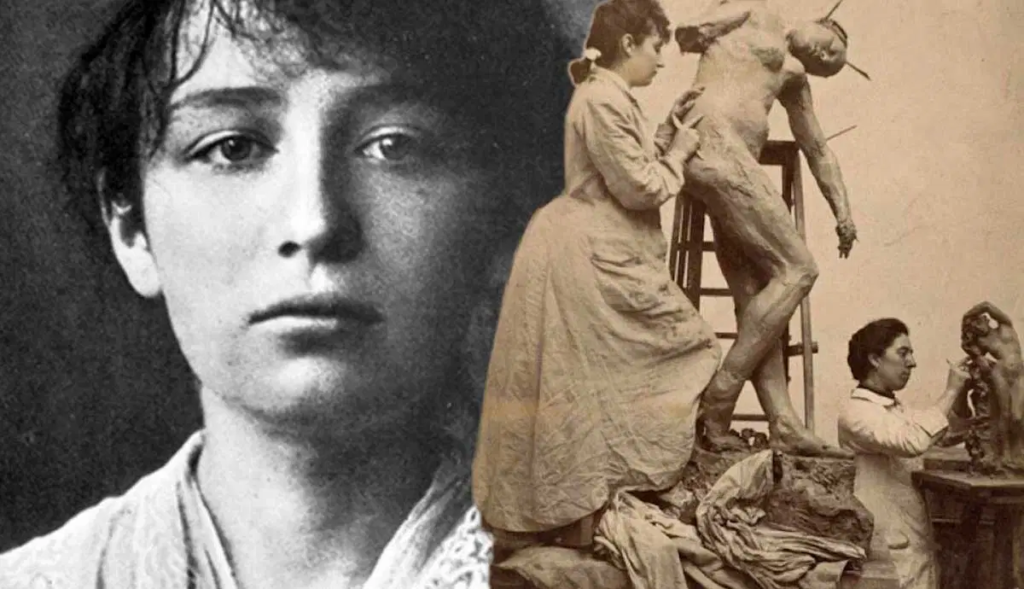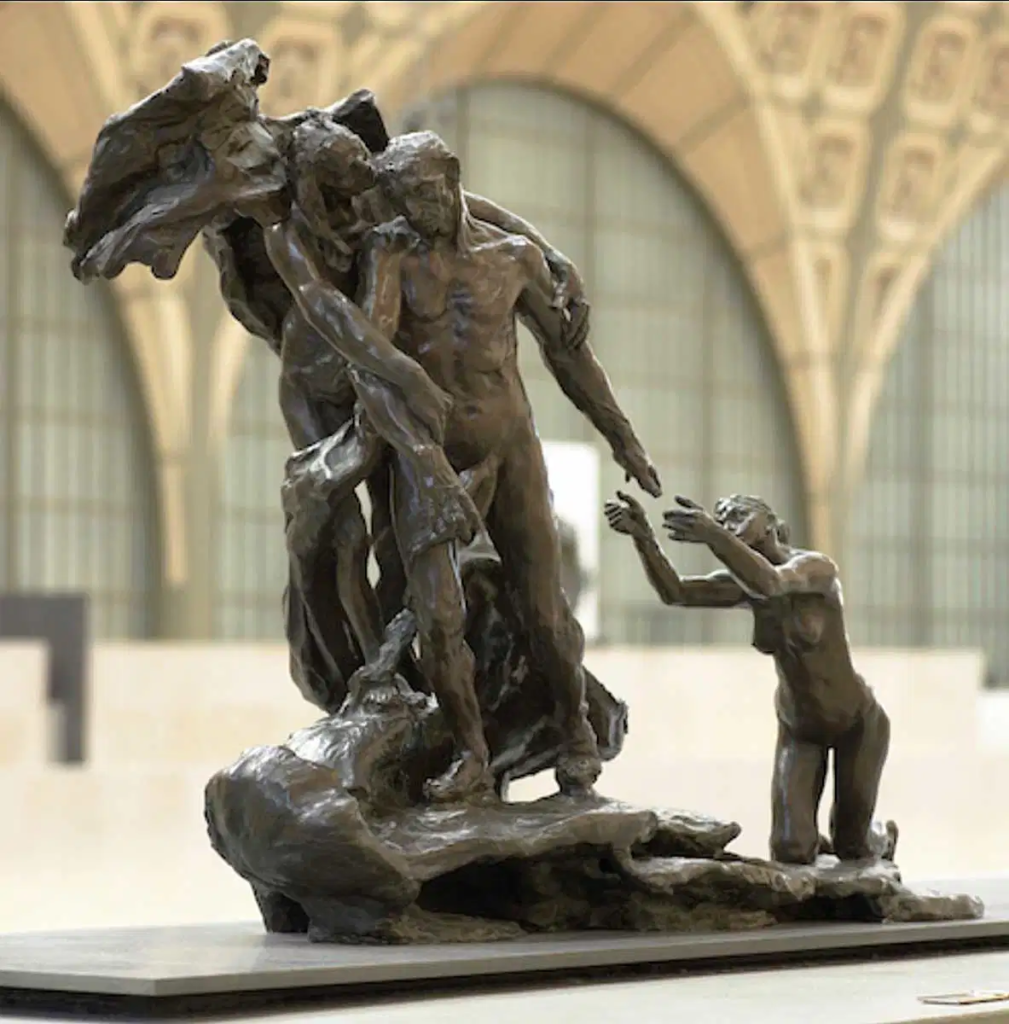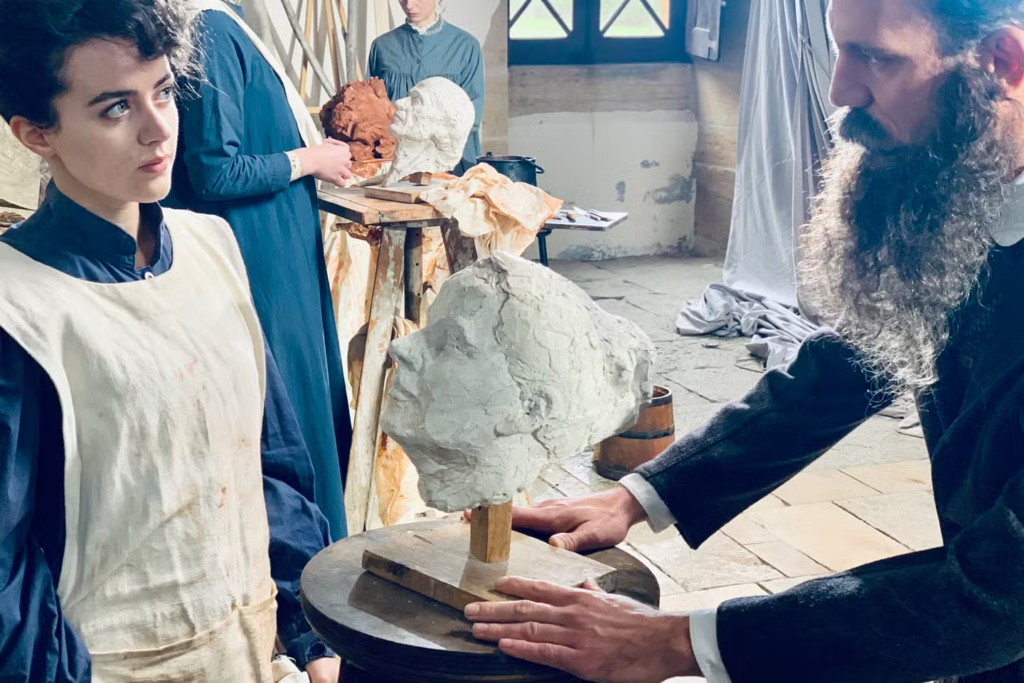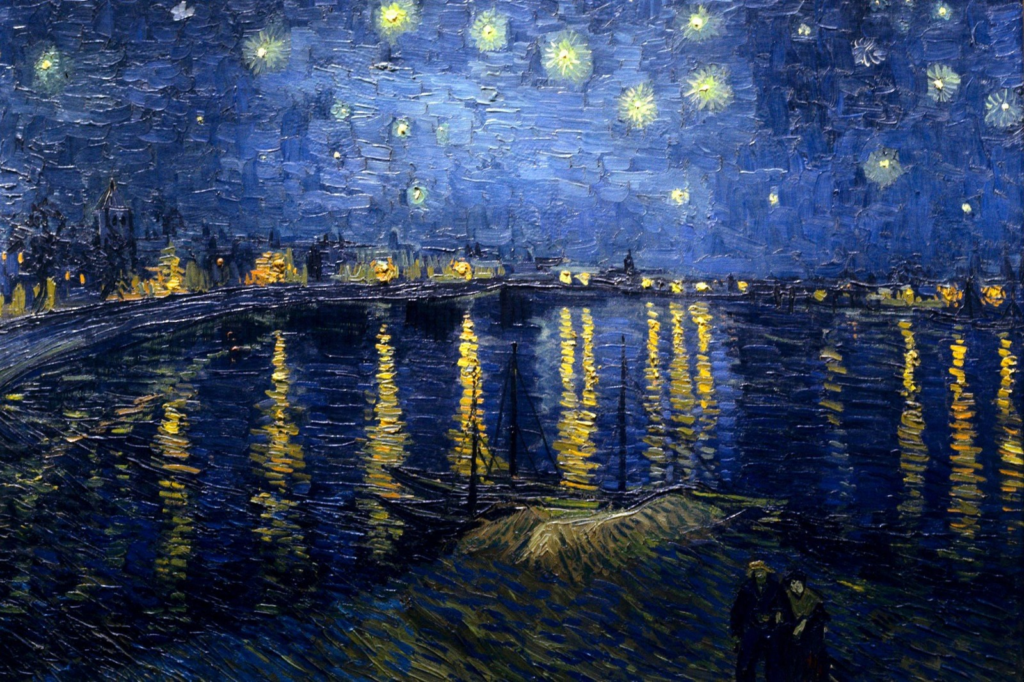
The story of Camille Claudel is a powerful reminder of the immense struggles women faced in the past to gain recognition and freedom in their careers. Born on December 8, 1864, in Fère-en-Tardenois, France, into a middle-class family, Camille grew up in a conservative environment that valued traditional roles for women. Her father, Louis-Prosper Claudel, was supportive of her artistic pursuits, while her mother, Louise-Athénaïs, disapproved, seeing them as improper for a young woman. Camille had a younger brother, Paul Claudel, who would later become a famous poet and diplomat, but their relationship was often strained. In an era when societal norms heavily restricted women, Camille Claudel’s life exemplifies the sacrifices made by brave women who fought for their dreams. Today, as women enjoy greater freedom to follow their passions, remembering Camille Claudel journey and contributions is both inspiring and essential.
Breaking Barriers in a Male-Dominated World by Camille Claudel
From a young age, Camille Claudel showed extraordinary talent for sculpture. She would model figures out of clay and stone, drawing the attention of local artists. Determined to pursue her passion, her family moved to Paris in 1881 when she was 17 years old. However, at that time, women were not allowed to study at the prestigious École des Beaux-Arts. Undeterred, Claudel enrolled in the Académie Colarossi, a private art school that accepted women, where her talent flourished.

It was during this time that she met Auguste Rodin, one of the most famous sculptors of the period. Their meeting marked the beginning of a complex and intense relationship. Camille Claudel became Rodin’s student, muse, collaborator, and lover. Together, they created stunning works of art, with Claudel often contributing significantly to pieces attributed to Rodin. Her own works from this period, such as The Waltz and Sakuntala, showcase her mastery of form and emotion, often rivaling Rodin’s in brilliance. These sculptures, preserved today in the Rodin Museum and the Musée d’Orsay, highlight her exceptional skill and innovation.
Betrayal and Isolation of Camille Claudel
Despite their artistic collaboration, Camille Claudel and Rodin’s personal relationship was tense with challenges. Rodin, who had been in a long-term relationship with Rose Beuret, refused to leave her. This betrayal deeply affected Claudel. Professionally, she struggled to establish herself as an independent artist. Many critics dismissed her work, attributing her success to Rodin’s influence rather than her own genius.
After their separation, Camille Claudel’s career faced significant obstacles. Society at the time was not kind to independent women, especially those who defied traditional roles. Her sculptures, bold and modern, often depicting themes of love and human struggle, failed to attract buyers. Financial difficulties and professional isolation began to take a toll on her mental health.
Camille Claudel Famous Works

Despite these challenges, Camille Claudel produced some of the most remarkable sculptures of her time. Her work is characterized by its emotional intensity, intricate detail, and innovative techniques. Some of her most famous pieces include:
- The Waltz (La Valse) (1893): This sculpture depicts a couple entwined in a passionate dance, symbolizing love and desire. The fluidity of the figures showcases Claudel’s ability to capture movement and emotion. It remains one of her most celebrated works, admired for its sensuality and dynamism.
- Sakuntala (1888): Inspired by a Hindu legend, this sculpture depicts a tender reunion between two lovers. It reflects Claudel’s fascination with themes of love, reconciliation, and mythology. The piece later became known as Abandon and is considered one of her finest works.
- Clotho (1893): This haunting sculpture depicts one of the three Fates from Greek mythology, responsible for spinning the thread of human destiny. The figure’s gaunt and twisted form symbolizes the inevitability of death and the fragility of life, showcasing Claudel’s ability to evoke profound emotions through her work. It highlights Claudel’s skill in conveying complex themes through her art.
- Perseus and the Gorgon (1897): This ambitious work reinterprets the Greek myth of Perseus. Claudel’s version portrays Perseus holding the severed head of Medusa with a striking mix of elegance and strength. It was her attempt to break away from Rodin’s shadow and assert her independence as an artist.
- The Gossips (Les Causeuses) (1897): This intricate sculpture features three women engaged in intimate conversation, capturing the subtleties of human interaction and emotion. The piece is celebrated for its delicate craftsmanship and insight into the nuances of social dynamics.
- The Wave (La Vague) (1897): Distinct from her typical bronze and marble works, this piece is crafted from onyx and bronze, depicting three female figures bathing beside a crashing wave. The Wave showcases Claudel’s versatility and innovative approach to combining materials, as well as her ability to convey movement and natural forms.
- The Mature Age (L’Âge Mûr) (1898): Often interpreted as a reflection of her relationship with Rodin, this work portrays a man being led away by an older woman, leaving behind a younger woman who reaches out in despair. This piece powerfully expresses themes of abandonment, rejection, and loss. It was considered controversial at the time but is now hailed as a masterpiece.
- The Implorer (L’Implorante) (1899): Originally part of The Mature Age, this standalone piece portrays a kneeling woman in a posture of desperation and pleading. It is often interpreted as a reflection of Claudel’s personal struggles and feelings of abandonment.
These masterpieces further exemplify Camille Claudel‘s profound understanding of human emotion and her innovative contributions to the art of sculpture. These works, along with many others, reveal her profound understanding of human emotions and her technical brilliance. Today, they are exhibited in prestigious museums such as the Musée Rodin, the Musée d’Orsay, and the Musée Camille Claudel, gaining the recognition they deserve.
Institutionalization and Injustice
In addition to her professional struggles, Camille Claudel faced challenges within her own family. Her relationship with her brother, Paul, was particularly strained. As a devout Catholic, Paul disapproved of her lifestyle and choices. After their father’s death in 1913, Camille’s mother and brother decided to commit her to a mental hospital, claiming she was mentally unstable.
Despite evidence that she did not suffer from severe mental illness, Camille Claudel remained confined for 30 years, until her death in 1943. Her letters from this time are heartbreaking. She wrote to friends and family, pleading for release and describing the injustice of her situation. These letters also reveal her clear mind and deep despair. Tragically, her cries for help went unanswered. When she died on October 19, 1943, none of her family members attended her funeral, and she was buried in a common grave.
A Legacy Reclaimed by Camille Claudel

For decades, the name Camille Claudel was overshadowed by Rodin, but the late 20th century brought a renewed interest in her life and work. Scholars and art historians began to recognize her immense contributions to sculpture. Today, her works are celebrated for their emotional depth and technical skill.
In 2017, the Musée Camille Claudel opened in Nogent-sur-Seine, France. Dedicated entirely to her life and art, the museum houses many of her sculptures and provides insight into her struggles and achievements. It stands as a symbol to her resilience and genius.
Reflection on Women’s Struggles and Freedom Today
Camille Claudel’s story is a powerful reminder of the barriers women faced in the past. Her life, marked by both brilliance and tragedy, underscores the importance of recognizing and supporting women’s contributions to art and society. Today, women have greater opportunities to pursue their passions, thanks to pioneers like Camille Claudel who dared to defy societal norms.
As we admire her sculptures and reflect on her story, we are reminded of the resilience and courage it takes to challenge the status quo. Camille Claudel’s legacy continues to inspire, urging us to honour the talents and voices of women, past and present.




